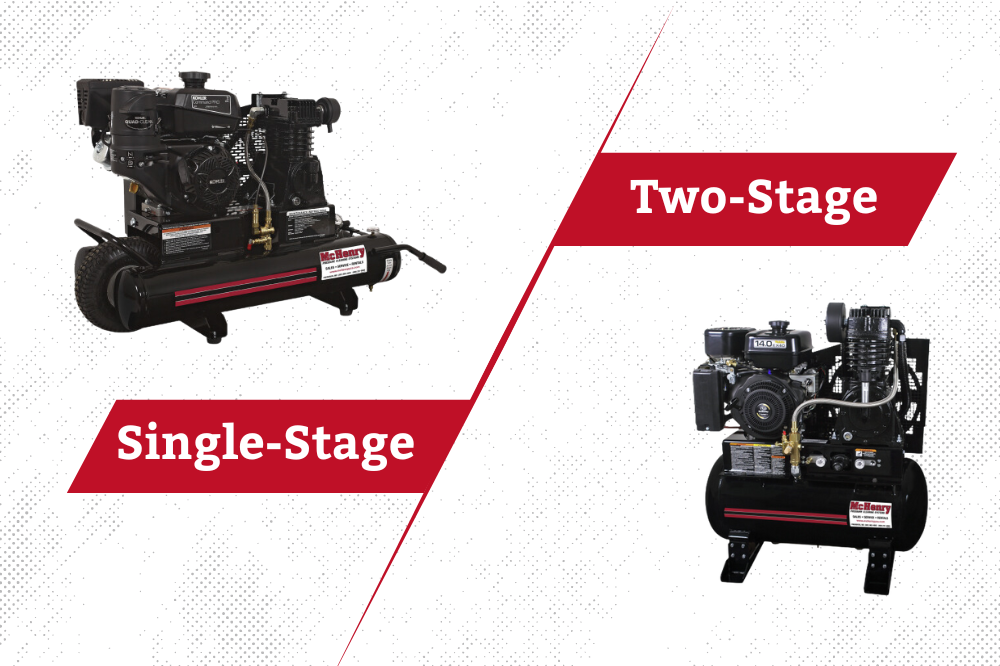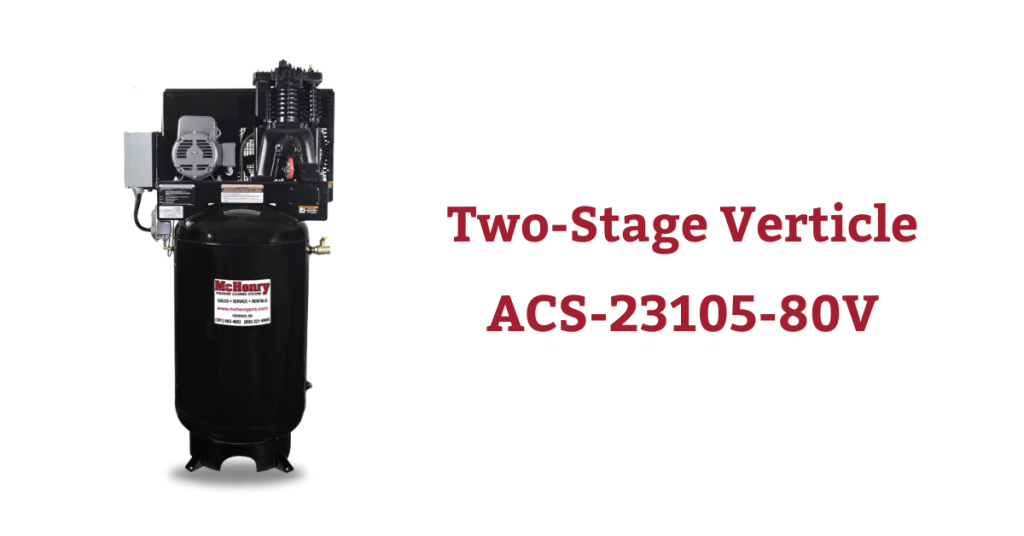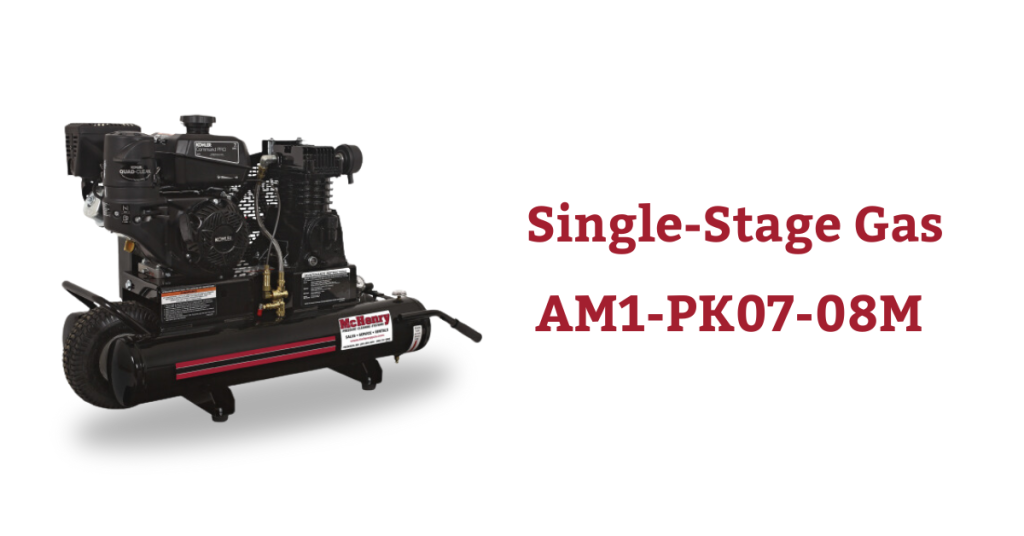Air compressors are indispensable tools in various industrial and commercial applications, powering pneumatic tools, machinery, and processes. When it comes to selecting the right air compressor for your business, one crucial decision to make is whether to opt for a two-stage or single-stage model. Each type has its own set of advantages and limitations, and understanding these differences is essential for getting the most out of your equipment.
Two-Stage Air Compressors: Power and Efficiency
Two-stage air compressors are renowned for their robust performance and efficiency, making them popular choices for demanding industrial applications. The primary distinction between two-stage and single-stage compressors lies in their compression process.
In a two-stage compressor, air undergoes two successive compression stages before being discharged. During the first stage, air is compressed to an intermediate pressure, then passes through an intercooler where it’s cooled before entering the second stage for further compression to the desired pressure level.
This dual-stage compression process offers several advantages:
- Higher Pressure Output: Two-stage compressors can achieve higher final discharge pressures compared to single-stage compressors. This makes them suitable for applications requiring elevated pressure levels, such as heavy-duty pneumatic tools and machinery.
- Improved Efficiency: By dividing the compression process into two stages, these compressors can operate more efficiently, reducing energy consumption and operating costs over time.
- Cooler Operation: The intercooler between the stages helps dissipate heat generated during compression, resulting in cooler operating temperatures and extending the lifespan of critical components.
- Continuous Operation: Two-stage compressors are designed for continuous duty cycles, making them ideal for applications that demand uninterrupted airflow for extended periods.
However, it’s essential to consider that two-stage compressors typically come with a higher initial cost compared to their single-stage counterparts. Additionally, they may require more significant maintenance due to their complex design.
Single-Stage Air Compressors: Simplicity and Affordability
Single-stage air compressors offer a simpler and more cost-effective solution for many commercial and light industrial applications. In a single-stage compressor, air is compressed directly from atmospheric pressure to the desired level in a single step.
While single-stage compressors may not match the performance and efficiency of two-stage models, they offer several advantages:
- Lower Initial Cost: Single-stage compressors are generally more affordable upfront, making them an attractive option for businesses with budget constraints or those with less demanding air requirements.
- Simplicity: With fewer components and a straightforward design, single-stage compressors are easier to install, operate, and maintain. This simplicity can translate to reduced downtime and lower maintenance costs over time.
- Portability: Many single-stage compressors are compact and portable, making them suitable for mobile applications or smaller workspaces where space is limited.
- Suitability for Lighter Applications: While they may not achieve the high pressure levels of two-stage compressors, single-stage models are perfectly adequate for powering a wide range of pneumatic tools, such as nail guns, paint sprayers, and tire inflators.
However, single-stage compressors may struggle with certain high-demand applications or environments where continuous, high-pressure airflow is required.
Choosing the Right Air Compressor for Your Needs
Ultimately, the choice between a two-stage and single-stage air compressor depends on various factors, including your specific application requirements, budget, and long-term operational considerations.
For heavy-duty industrial applications that demand high pressure, continuous operation, and optimal efficiency, a two-stage compressor is often the preferred choice. However, for lighter industrial tasks, commercial operations, or applications with limited budget and space considerations, a single-stage compressor may offer a more practical solution.
Before making a decision, it’s essential to conduct a thorough assessment of your air requirements, consult with industry experts, and consider factors such as initial cost, long-term operating expenses, maintenance needs, and performance expectations.
By carefully evaluating these factors, you can confidently select the air compressor that best aligns with your business objectives and ensures reliable, efficient air supply for years to come. To view all of the models that McHenry PCS has to offer, visit our air compressors page.



